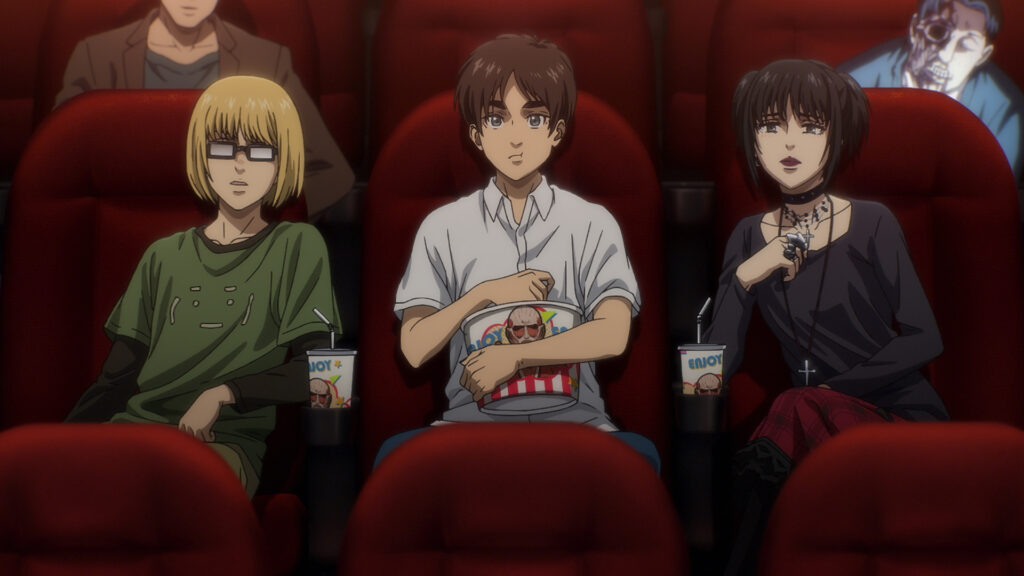The conclusion of Attack on Titan was nearly postponed again, according to insiders who revealed that the final episode underwent last-minute adjustments just hours before airing. Despite already experiencing multiple delays, the production team continued making edits on the day of broadcast to meet quality expectations.
This revelation came through staff interviews and behind-the-scenes reports that surfaced after the finale aired. Animators confirmed that key cuts and scenes were being fine-tuned on-site, even as the premiere time approached. Some staff admitted they didn’t know whether the episode would finish rendering in time for release.
The Pressure of a Generation-Defining Finale

With years of buildup and massive expectations from global audiences, the pressure to deliver a flawless conclusion weighed heavily on MAPPA. Staff members reported working through nights without rest to polish the final scenes. “There were sequences still getting lighting corrections just hours before air,” one crew member shared.
Studio sources described the environment as tense and frantic. Any flaw would have sparked online backlash, especially for an anime with such an emotionally loaded ending. Even minor imperfections were seen as unacceptable by internal leads, pushing the team into an exhausting sprint to the finish line.
This type of schedule isn’t new for MAPPA, which has become known for taking on too many projects with minimal turnaround time. While Attack on Titan ended without visible errors, the process exposed how unsustainable this approach is—even for one of the most high-profile anime of the decade.
Behind the Scenes: Applause and Alarm

Although the finale was well-received, many fans were unaware of the production chaos behind it. After the episode aired, animators began speaking out anonymously about the conditions. One artist described the mood in the studio as “half celebration, half collapse.” Another simply said, “We made it, but barely.”
This case again draws attention to the broader conversation around animator workload and the chronic crunch culture plaguing the anime industry. Even a studio as experienced as MAPPA needed last-minute miracles to meet the deadline. Without systemic change, these extremes may become the norm for big-budget anime finales.





